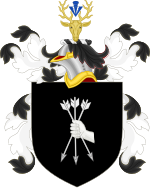
The Boston Brahmins or Boston elite are members of Boston's traditional upper class. They are often associated with a cultivated New England or Mid-Atlantic dialect and accent, Harvard University, Anglicanism, and traditional British American customs and clothing. Descendants of the earliest English colonists are typically considered to be the most representative of the Boston Brahmins. They are considered White Anglo-Saxon Protestants (WASPs).

The Cabot family is one of the Boston Brahmin families, also known as the "first families of Boston".

Augustus Lowell was a wealthy Massachusetts industrialist, philanthropist, horticulturist, and civic leader. A member of the Brahmin Lowell family, he was born in Boston to John Amory Lowell and his second wife Elizabeth Cabot Putnam. His great-grandfather, John Lowell, was among the first Judges for the newly created federal courts, appointed by Presidents George Washington and John Adams. Augustus' elder brother, Judge John Lowell, would be appointed to hold the same seats held by their great-grandfather, by Presidents Abraham Lincoln and Rutherford Hayes.

The Boston Associates were a loosely linked group of investors in 19th-century New England. They included Nathan Appleton, Patrick Tracy Jackson, Abbott Lawrence, and Amos Lawrence. Often related directly or through marriage, they were based in Boston, Massachusetts. The term "Boston Associates" was coined by historian and professor of economics and Marxism, Vera Shlakman in her 1935 work, Economic History of a Factory Town, A Study of Chicopee, Massachusetts.
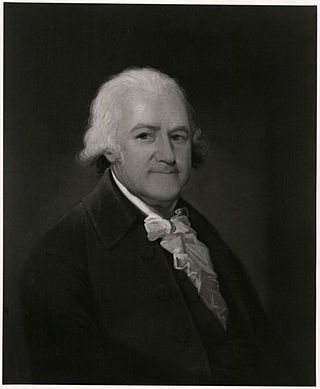
John Lowell was a delegate to the Congress of the Confederation, a judge of the Court of Appeals in Cases of Capture under the Articles of Confederation, a United States district judge of the United States District Court for the District of Massachusetts and a United States circuit judge of the United States Circuit Court for the First Circuit.
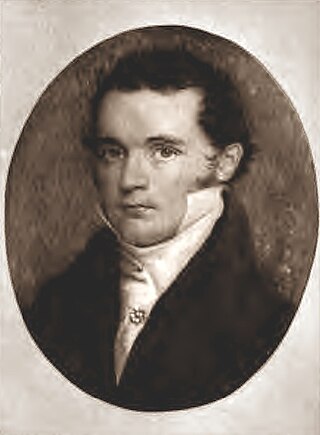
John Lowell Jr. was an American businessman, early philanthropist, and through his will, founder of the Lowell Institute.

Elizabeth Lowell Putnam was an American philanthropist and an activist for prenatal care. She was born in Boston, Massachusetts, the daughter of Augustus Lowell and Katherine Bigelow Lowell.
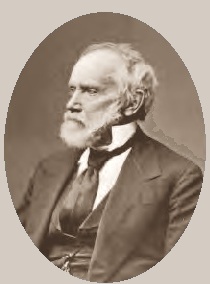
John Amory Lowell was an American businessman and philanthropist from Boston. He became the sole trustee of the Lowell Institute when his first cousin, John Lowell Jr. (1799–1836), the Institute's endower, died.

Rev. Delmar Rial Lowell was a minister, Civil War veteran, American historian, and genealogist. Delmar was born in South Valley, NY to Reuben and Catherine Seeber Lowell. He used the spelling "Delmer" for a few years as a teenager before reverting to the original spelling. Delmar graduated Cazenovia Seminary and Wesleyan University. He fought in the Civil War and was wounded in the charge of Sailor's Run, Virginia. His right arm was amputated at the shoulder as a result of his wounds.

Harvey Hollister Bundy Sr. was an American attorney who served as a special assistant to the Secretary of War during World War II. He was the father of William Bundy and McGeorge Bundy, who both served at high levels as government advisors.
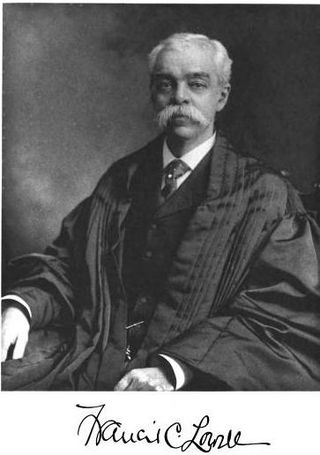
Francis Cabot Lowell was a United States circuit judge of the United States Court of Appeals for the First Circuit and of the United States Circuit Courts for the First Circuit and previously was a United States district judge of the United States District Court for the District of Massachusetts.
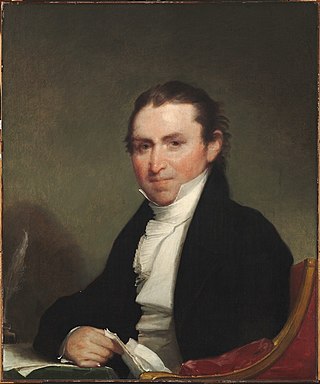
John Lowell Jr. was an American lawyer and influential member of the Federalist Party in the early days of the United States of America.
John Lowell (1743–1802), also known as The Old Judge, was a U.S. Federal Judge appointed by George Washington

The Union Club of Boston, founded in 1863, is one of the oldest gentlemen's clubs in the United States. It is located on Beacon Hill, adjacent to the Massachusetts State House. The clubhouse at No. 7 and No. 8 Park Street was originally the homes of John Amory Lowell (#7), and Abbott Lawrence (#8). The houses were built c.1830-40, and they were remodeled for club use in 1896. The clubhouse overlooks the Boston Common, and has views of the Common itself, Boston's Back Bay neighborhood, and the hills to the west of the city.

John Lowell was a United States circuit judge of the United States Circuit Courts for the First Circuit and previously was a United States district judge of the United States District Court for the District of Massachusetts.
Anna Cabot Lowell was an American writer.

Lowell is a surname, see "Lowell family" for name origin. Notable people with the surname include:
Putnam, Bell & Russell is a law office in Marblehead, Massachusetts, which was "one of the first law offices in Boston" and once represented the American Telephone and Telegraph Company when its headquarters were on Boston.
